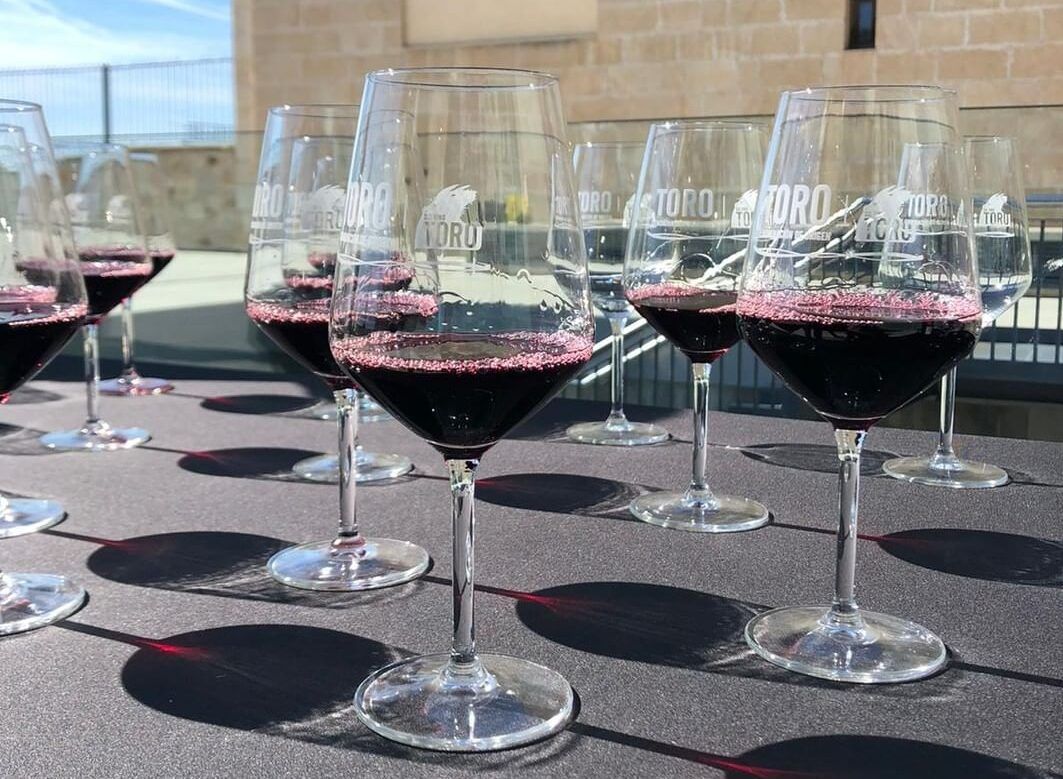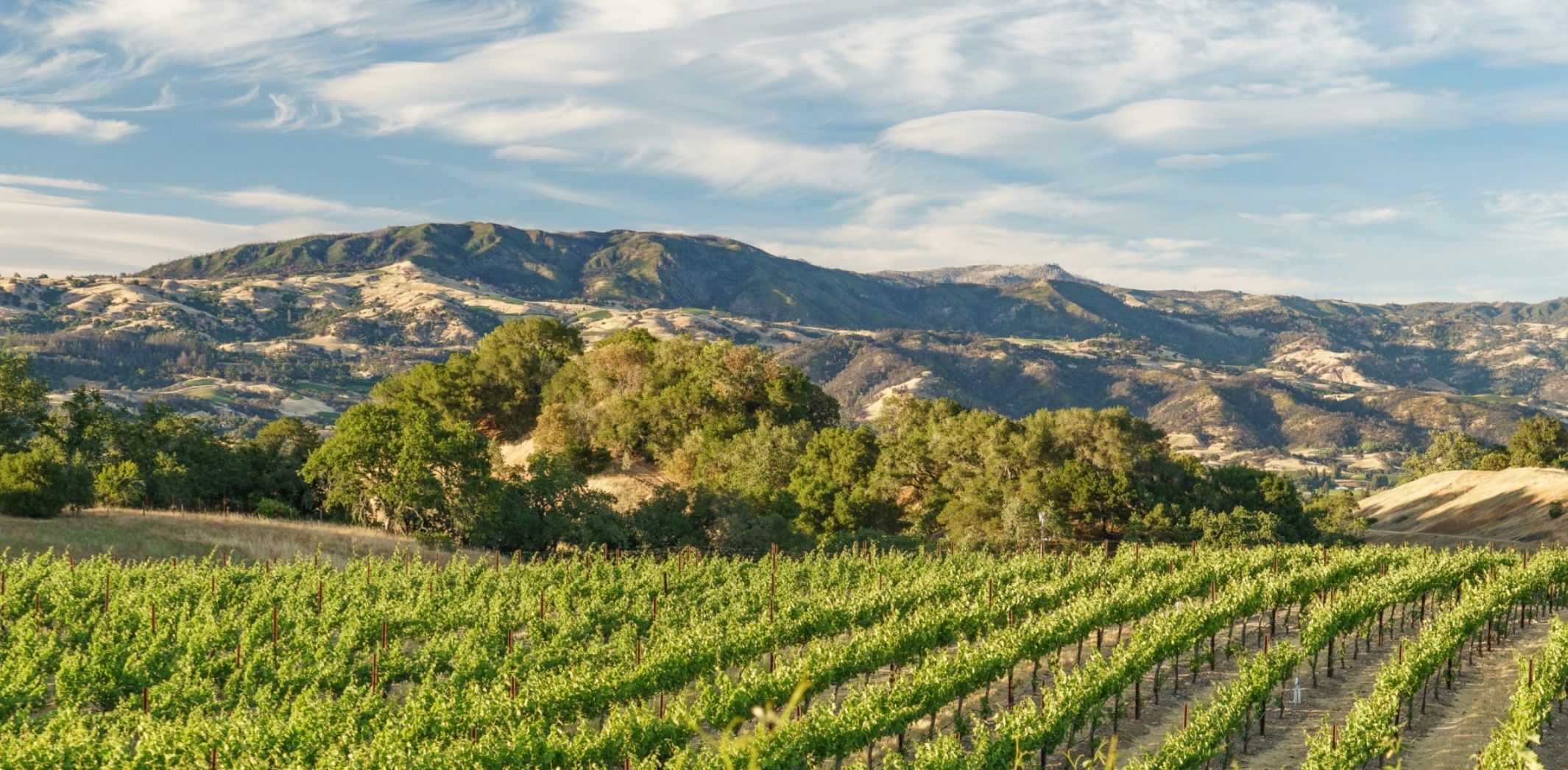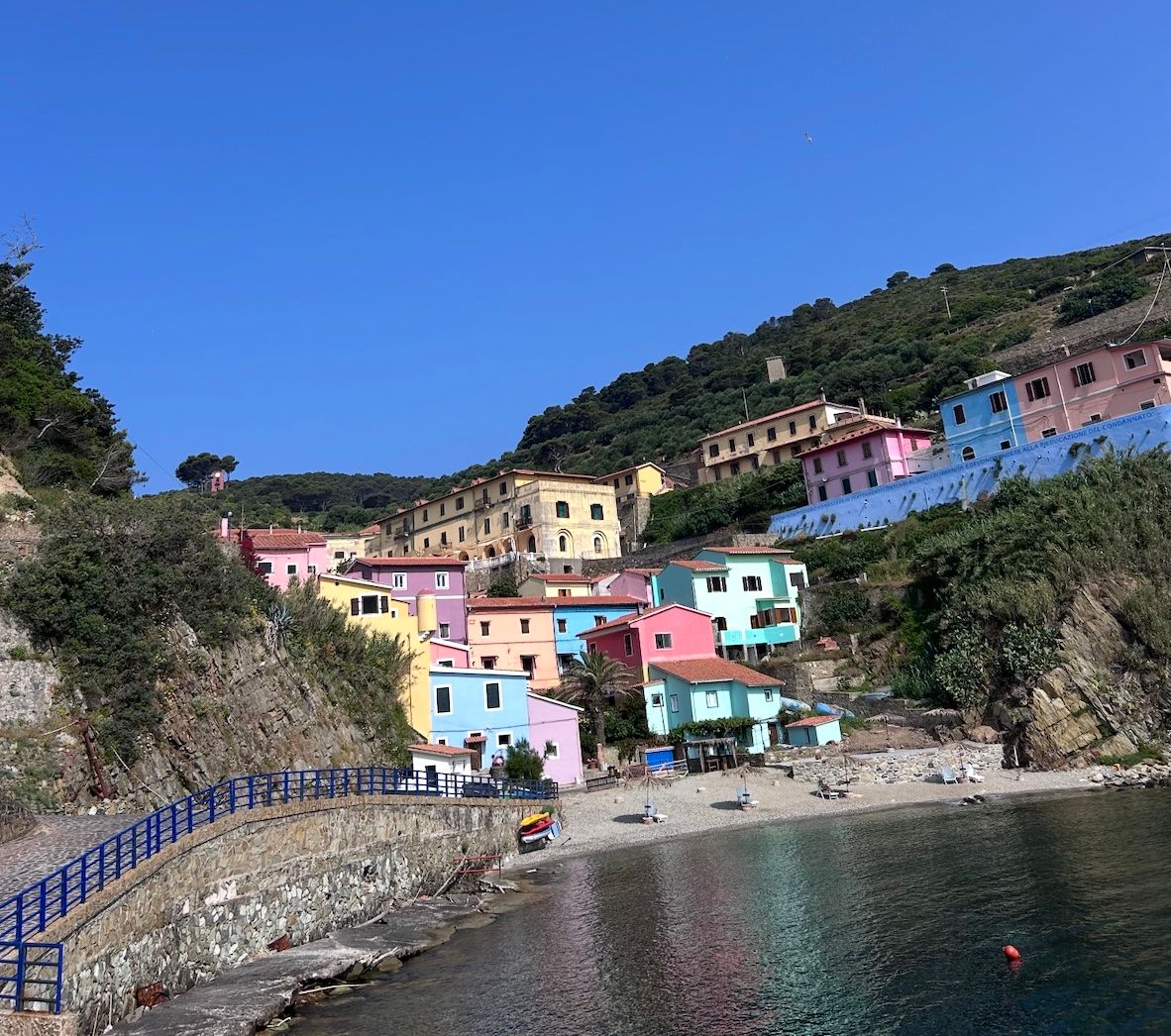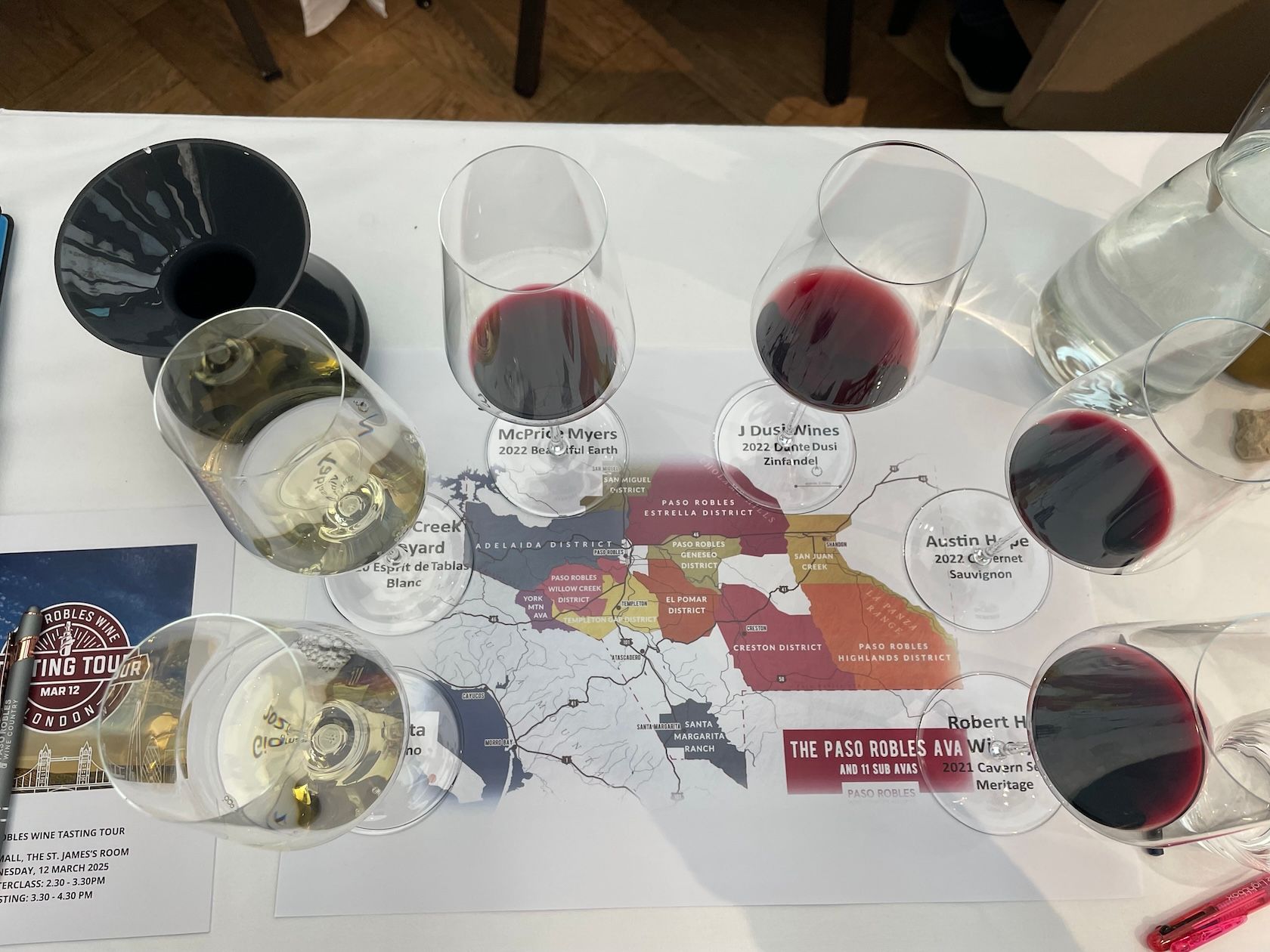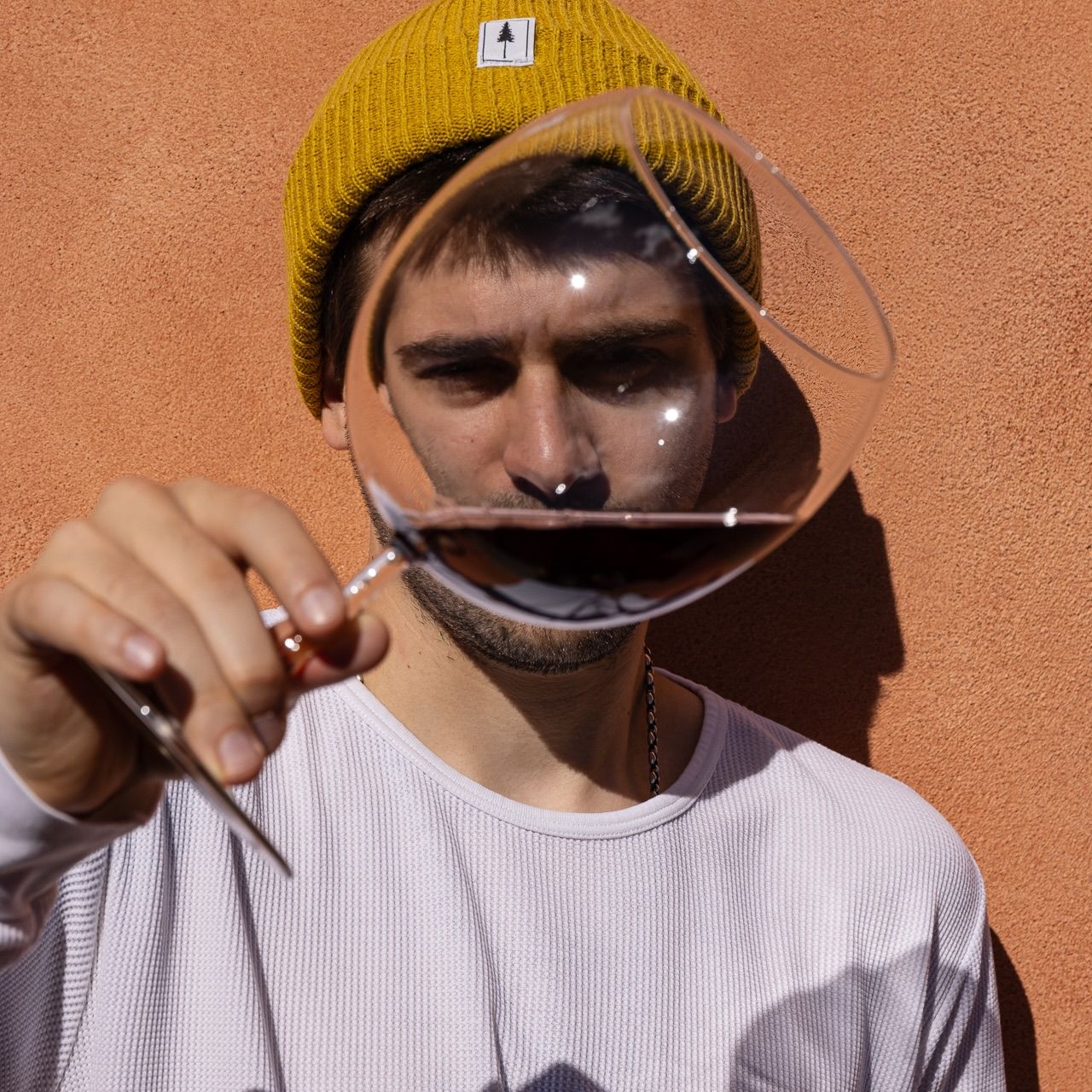“It is time Toro takes its rightful place in the UK trade,” writes Mason.
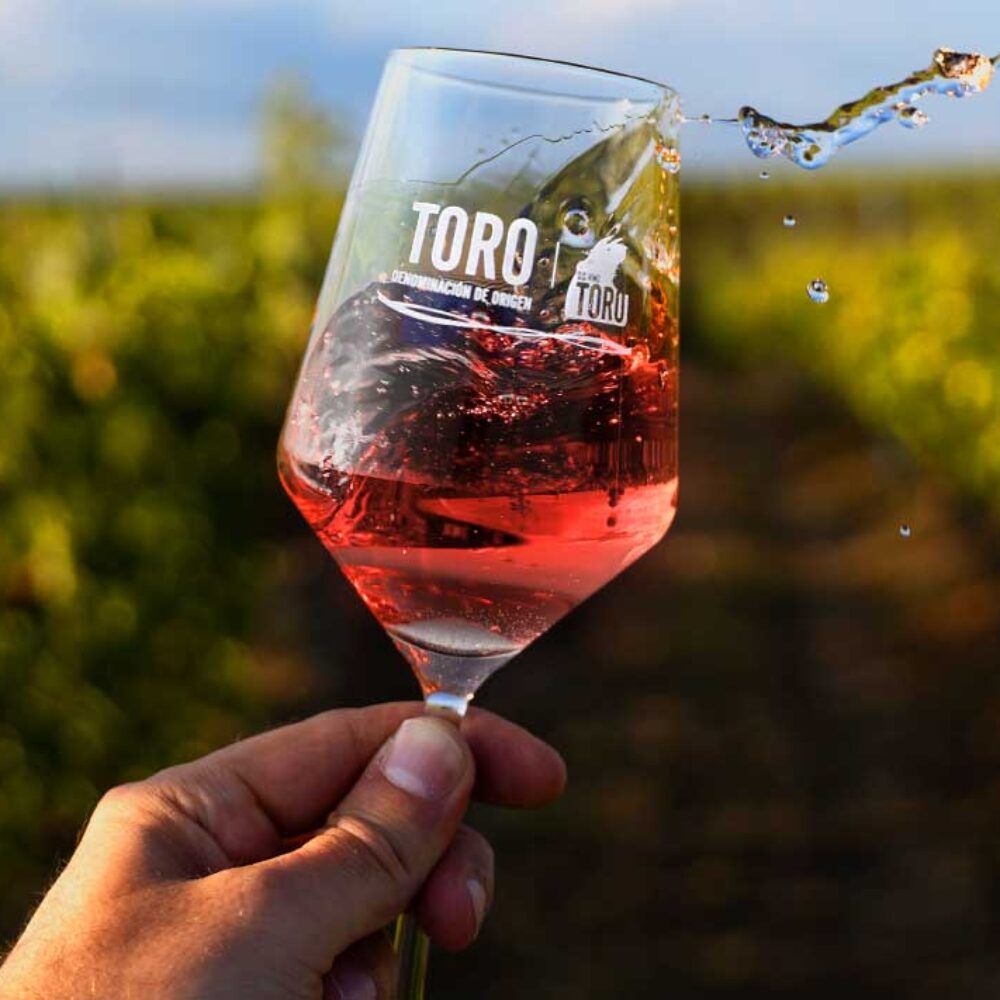
Whites and rosés showed an unique and vibrant personality
This year sees the 35th anniversary of the official creation of the historic Toro Designation of Origin. To mark the occasion, the region held its first focused trade tasting in London, gathering together 21 producers and showcasing a total of 83 diverse, terrior-driven, quality wines.
Toro tradition
Toro is steeped in tradition. Vines have been cultivated in the area since the pre-Roman era and history declared its pedigree to the New World via the extraordinary exploits of Christopher Columbus, who first shipped Toro wines to the Americas.
Throughout the catastrophe of phylloxera, the Toro red wines from North-West Spain became the saviour of regions such as Bordeaux, by supplying high quality wines across Europe.

Today, Toro is largely known for one iconic producer: Bodega Numanthia. A true premium, special and luxury brand offering intense concentration and excellent age-ability. It was fitting that the Bodega, as the region’s first ambassador, was at the heart of this inaugural trade tasting.
Numanthia, like all the producers in attendance, shares an unique and specific terroir on which to ply its craft. Toro sits upon Pliocene and Miocene outcrops mixed between soils of clay, limestone, gravel, sandstone and loam, creating a diverse palette from which to draw upon. All D.O. vineyards are situated at the desirable altitudes of 620 to 870 metres above sea level, perfect conditions for viticulture in times of climate change. The landscape is hostile, arid and inhospitable except for the hardy vitis vinifera vines, most of which are ungrafted, pre-phylloxera plants.

Toro: arid and inhospitable
Tantalising Toro
At the tasting, it was refreshing to see an abundance of styles from the region. In fact, it would not be going too far to say that this event could well change how the region is perceived in the UK. Not only were we shown big, powerful, muscular reds made from the Tempranillo clone, known locally as Tinta de Toro, but we also sampled aromatic wines made from Verdejo, Abillo Real, Malvasia and Muscat Blanc à Petits Grains, all producing a wide and diverse range of styles with each wine showing an unique and vibrant personality.
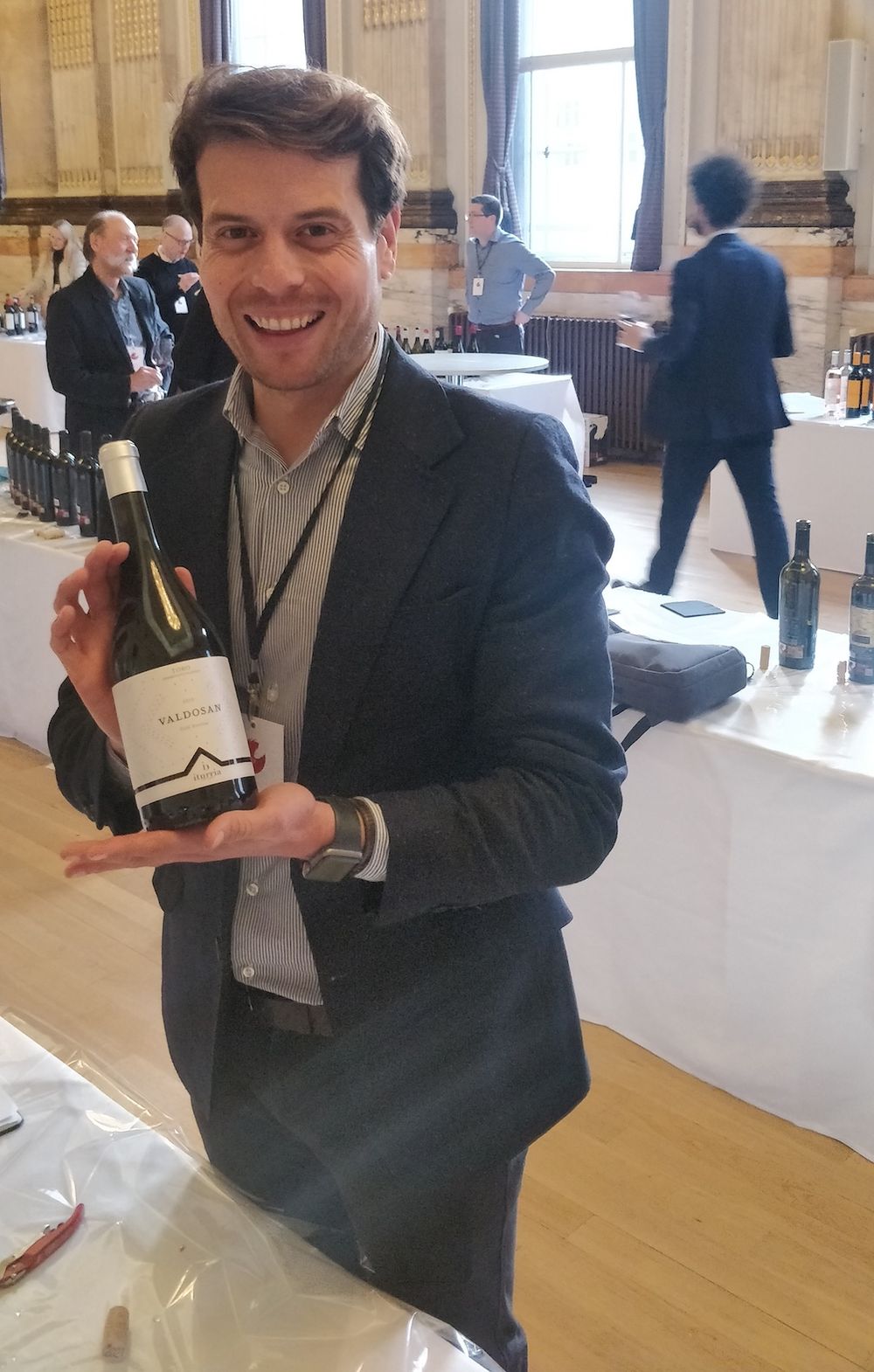
Valdosan: made from 90-120 year old bush vines
Located at 700 metres above sea level, Bodegas Iturria showed four distinct wines. The first, Quiban is a blend of Verdejo, Malvasia Castellana, Albillo Real with small amounts of 100-year-old Palomino & Treixadura. Picked early to retain freshness and co-fermented, the wine remained on lees for seven months to produce a vivid white wine. Creamy lees, complex and textured this wine sings with saline freshness and juicy nectarines.
The Tinta de Toro of particular note in the range is the Valdosan, an organic wine aged for 30 months in French oak and made from ungrafted 90-120 year old bush vines. A wine of exceptional depth, velvety smooth, refined and moreish. (Seeking importer)

Sobreño showed an outstanding rosé
Established in 1998 and family owned, Sobreño holds 80 hectares of vines with a quarter certified as organic. Highlights included Finca Sobreño a wine hauntingly similar to Provençal Rosé made from Tinta de Toro which shows mineral depth, vibrant fruit and a slight savouriness from five months ageing in old oak barrels providing good texture. Great quality Crianza, Reserva and organic reds make my picks through their vibrancy and density. (Seeking importer)
Renowned for producing the most exquisite expressions of Tinta de Toro. The Bodega has driven quality since the establishment of its vineyards in 1880, fought off numerous invasions by phylloxera and seen its bottles grace the best dining tables the world over.
The Toro tasting revealed the latest release, Numanthia 2017, which showed the intensity of its breeding, elegance and a restrained power. In addition, the Termanthia 2015, the ultimate expression of the very best vineyard: Teso de Los Carriles. The Termanthia was just as powerful and beguiling as one might expect: dense fruit (dark and red) giving way to intense spice and coffee bean flavours. This is a wine which has a very exciting future ahead of it. Super premium and super delicious! (Moët Hennessy)
Toro Time
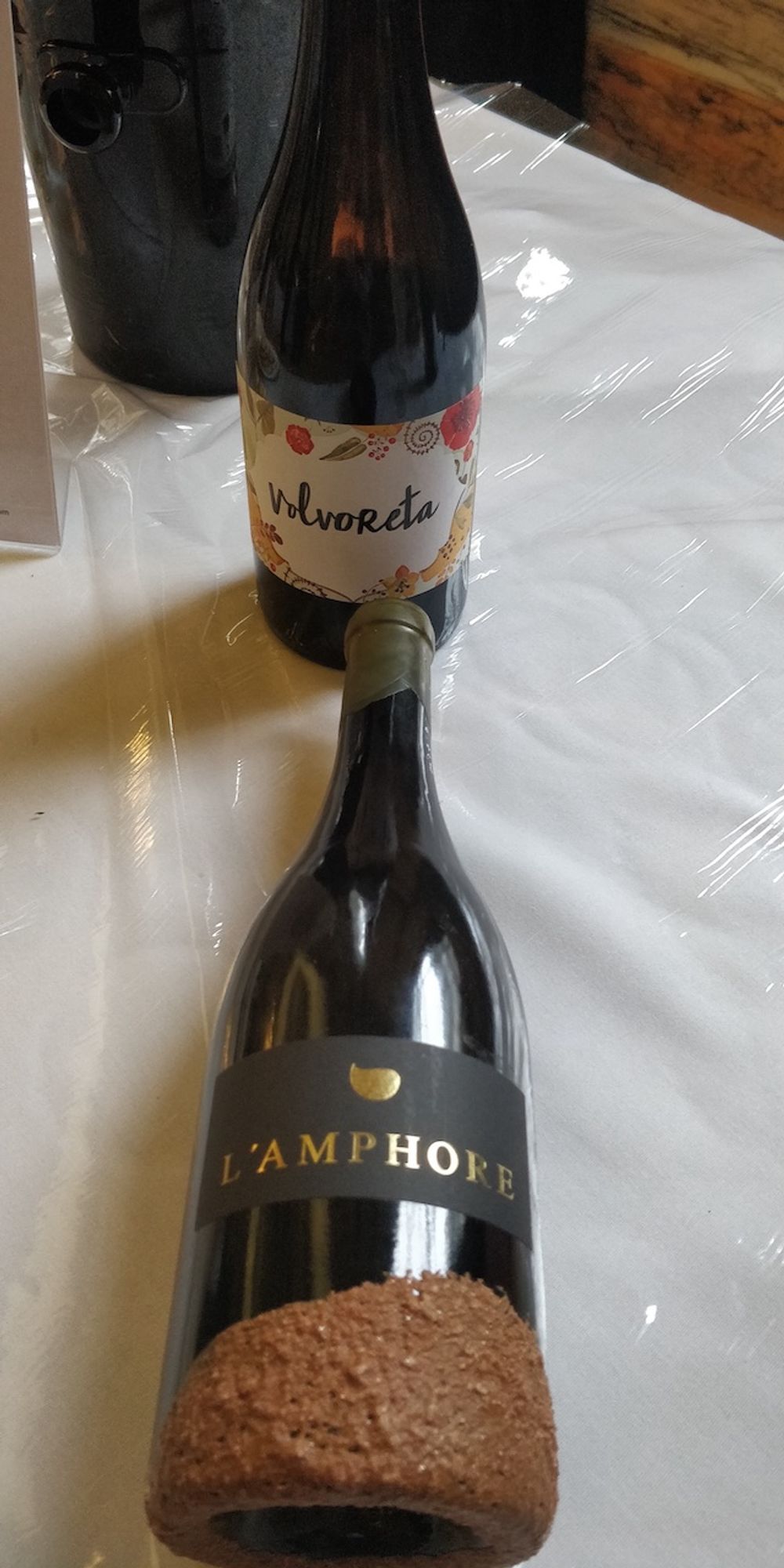
With many other great wines on show from producers seeking UK importation such as: Bodegas Fariña for its fresh, saline Verdejo; Bodegas y Viñedos Maires with broadly accessible wines; Bodega Monte la Edina and its Amarone-like Crianza; Bodegas Viña Zangarrón and her twenty year old organic status and clay amphora wines, it is easy to see the wines are ready to shine on a global scale. It is time Toro takes its rightful place in the UK trade.
